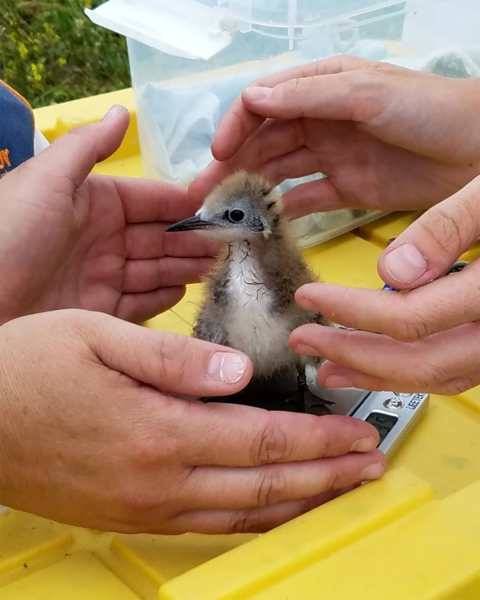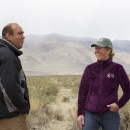What We Do
We developed a shared vision and strategy for undertaking coastal wetland projects in the region that leverage partnerships to direct funding toward key conservation needs. The planning process, lasting several years, involved dozens of partner organizations spanning both governmental and non-governmental agencies. We invite you to check out our Conservation Blueprint.
Blueprint Vision
A system of Great Lakes coastal wetlands supporting economic, social, and environmental needs in coastal communities in the Saginaw Bay to Western Lake Erie geography.
Why Here?
The coastal wetlands that stretch between Lake Huron’s Saginaw Bay to the western end of Lake Erie are the backbone of the recreational, economic and cultural vitality of the Region. Coastal wetlands have a rich history of providing excellent sport and commercial fishing, waterfowl hunting, birding, boating and other activities. A 2009 study estimated the present value of each acre of coastal marsh is $1,870 for the purpose of recreation. The wetlands provide important habitats for countless fish and wildlife species. The area has been identified as a priority conservation area because it faces numerous challenges related to water quality impairments, habitat loss, and climate change climate change
Climate change includes both global warming driven by human-induced emissions of greenhouse gases and the resulting large-scale shifts in weather patterns. Though there have been previous periods of climatic change, since the mid-20th century humans have had an unprecedented impact on Earth's climate system and caused change on a global scale.
Learn more about climate change .
Our Programs
These USFWS programs are integral to the Saginaw Bay to Western Lake Erie Coastal Wetland Conservation Blueprint effort.
Our Services
Wetland classification
We classified wetlands for this project into four categories based on ecological indicator data collected by the Coastal Wetlands Monitoring Program. High functioning wetlands in the region are those that scored the highest on indicator data scores and should be targeted for protection strategies. Impacted wetlands are those that have been moderately to severely impaired based on indicators scores. These wetlands should be targeted for enhancement. The third category is comprised of restorable wetlands and these are areas that were historically wetlands, but have been drained or modified by land use decisions. Lastly, our categorization include “data needs” wetlands which are those that are not regularly assessed for health by the CWMP or other monitoring efforts.
Implementation Plan (Coming soon!)
The Blueprint showcases an overall strategy for voluntary conservation is the region. It includes case studies of successful projects undertaken by partners, background on available data sources, project planning guidance and monitoring forms.
Decision support tool (Coming Soon!)
Wetland practitioners and community members can consult with an interactive mapping tool to identify wetlands for protection, enhancement and restoration efforts. The tool identifies the four categories of wetlands in the region. It also allows users to toggle data layers on and off to customize selection of conservation work. The tool also allows users to upload their own data into their cache to create a richer portrait of areas where they do conservation work.






